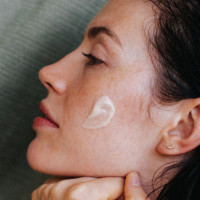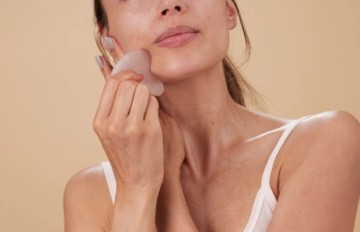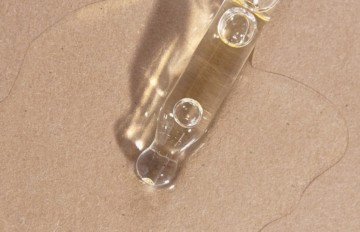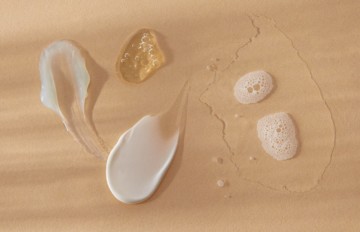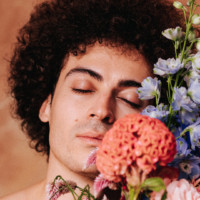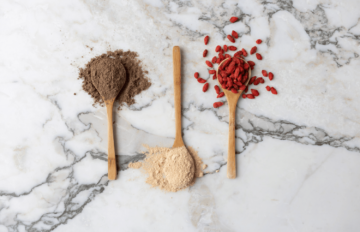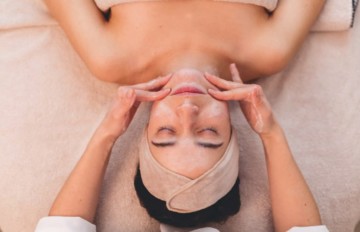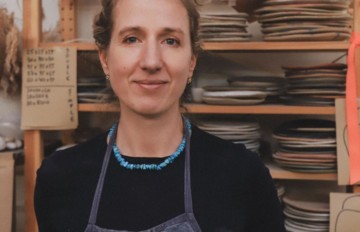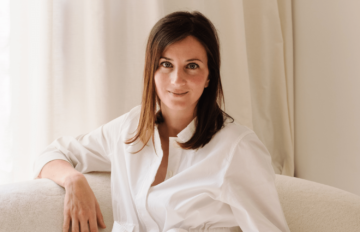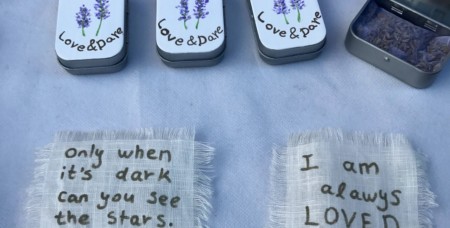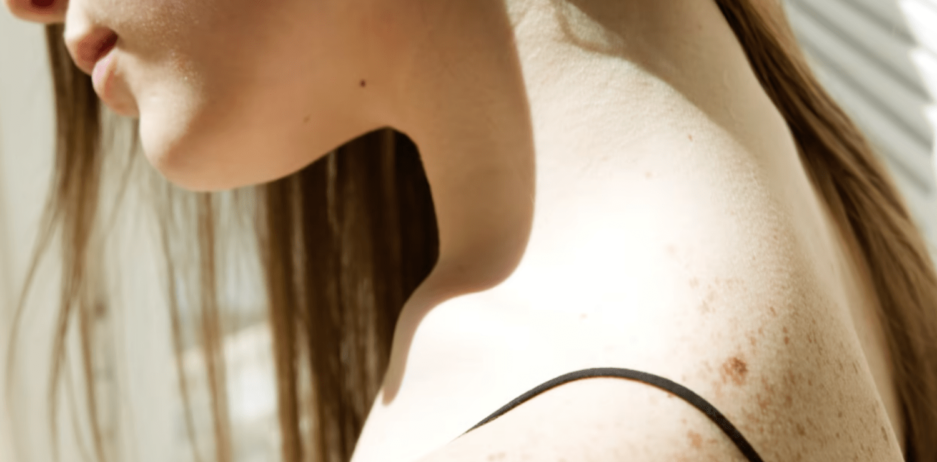
When beauty stimulates our brain
What happens in our brains when we are facing Beauty? This question occupies the greatest neurologists, to the point that a dedicated sub-discipline has been generated: neuroesthetics. From experiments confronting animals, humans and even machines with works of art, scientists have tried to unravel the mystery of what happens in our brains when we are surrounded by beauty. Personal and universal at the same time, social and subjective, aesthetic emotion plays a crucial role in our understanding of the world and ourselves. What good does it do us?
“A work of art, whether it is music, a painting or a novel, modify our brain and therefore shapes it” explains the neurologist, Pierre Lemarquis. Author of L’empathie esthétique (Aesthetic empathy) (Odile Jacob, 2015), this atypical doctor is also a music lover, fascinated as a child by the church organ. Today he presides over the association L’invitation à la beauté (Invitation to Beauty), which brings together scientists and artists to promote health through beauty. While the benefits of contemplation have been known for a long time, science has long disdained the importance of aesthetic emotion in our lives.
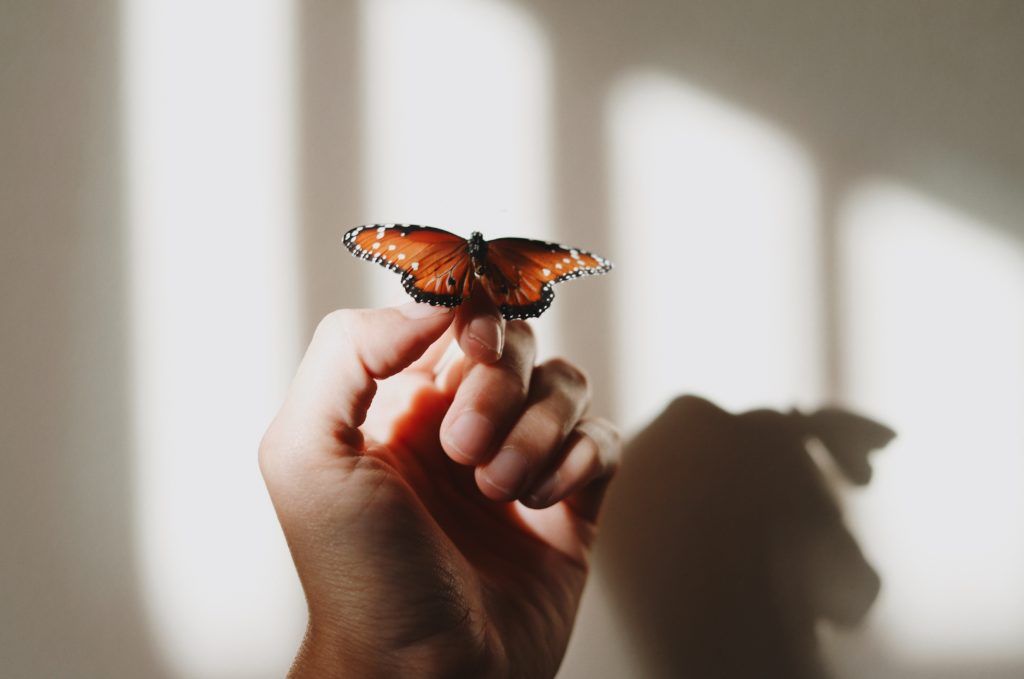
One of the first to conduct observations on this subject is the neurobiologist Semir Zeki, professor at University College London and specialist in the recognition of colors and shapes by the brain. In 2011, he identified the brain region correlated with the experience of beauty: it is the area A1 of the medial orbitofrontal cortex, the same one that is activated when we live a gratifying experience. For our brain, Beauty is a reward! Surprisingly, he observes, aesthetic emotion always stimulates this same area, whatever the source. Whether we are in front of a painting, a film or a concert, our brain secretes chemical substances that act on our emotions such as dopamine, the neurotransmitter of desire, serotonin, main chemical of antidepressant treatments, or oxytocin, called the hormone of attachment and love. When you get goose bumps listening to someone sing, it’s because endorphins are released! This beneficial cocktail explains the therapeutic effect of beauty, which can act like a medicine and help heal us.
In art therapy, artistic creation (drawing, painting, theater, sculpture…) is used to reconnect patients to their inner life: their feelings, their dreams or their unconscious. This “self intiation” is also commonly practiced in hypnosis, during visualizations that immerse the patient in the evocation of a soothing landscape. “Artworks obtain access to the neural substrates concerned with the self—access which other external stimuli normally do not get.” concludes a 2013 study on emotion related to artworks. That’s why it’s crucial to experience beauty from a young age! Some schools advocate exposing children to art by creating aesthetic educational environments. In an article published in Le Monde, the psychologist Olivier Houdé praises the beneficial effects of art on the brains of young children and holds Maria Montessori as an example, who understood very early how art and culture shape children’s minds. “We can engrave in their mind like words incised by a chisel on a stone“, said the Italian physician and educator.

But how do we know when something is beautiful? Depending on the culture, the definition of beauty varies, but: “How is it that almost all human beings agree that there is a beautiful; that so many among them feel strongly where it lies, yet so few know what it is?” wrote Diderot in The Encyclopedia. Here again, neurologists set to work. Jean-Pierre Changeux, author of Beauty in the Brain (Odile Jacob, 2016), mentions three cognitive criteria at the origin of the feeling of beauty: novelty associated with surprise, coherence between the parts and the whole, and parsimony. For Olivier Houdé, painting, music or even dance, “with the coherence and parsimony of gestures and body movements” are necessary for children’s development and therefore a priority in their education.
By exposing ourselves early and often to Beauty, wherever it may be, we develop our own “neurocultural relations” explains Jean-Pierre Changeux. Our brain learns to solicit various cerebral areas, involved in emotion, reasoning and memory. This work builds us not only on a social and human level, but also neurologically! Proof, if any were needed, that beauty is essential to us.
